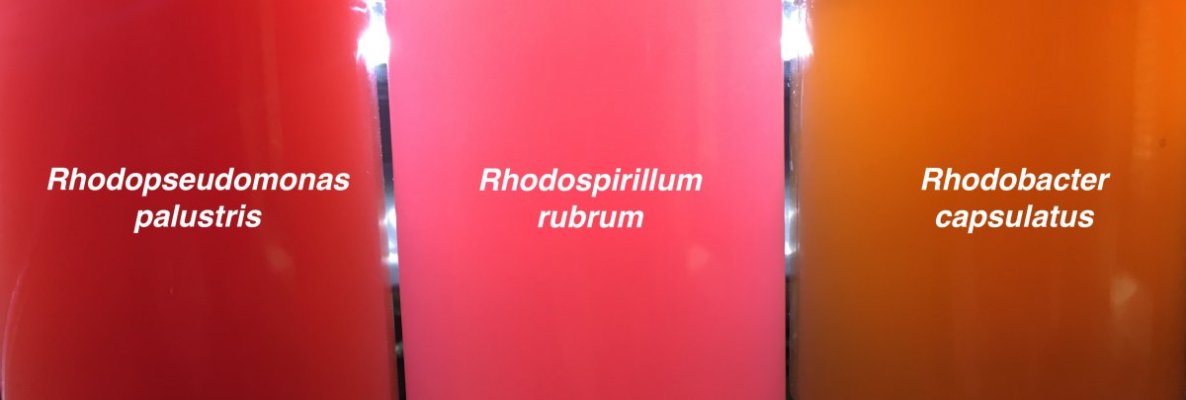I generally am able to keep my levels NO3 < 7ppm and PO4 < 0.08ppm.I'll definitely remember that because I carbon dose as well
Also note that this is a tank in its 2nd year...so mature enough but not yet old. Tank maturity plays a big role in stability.



















